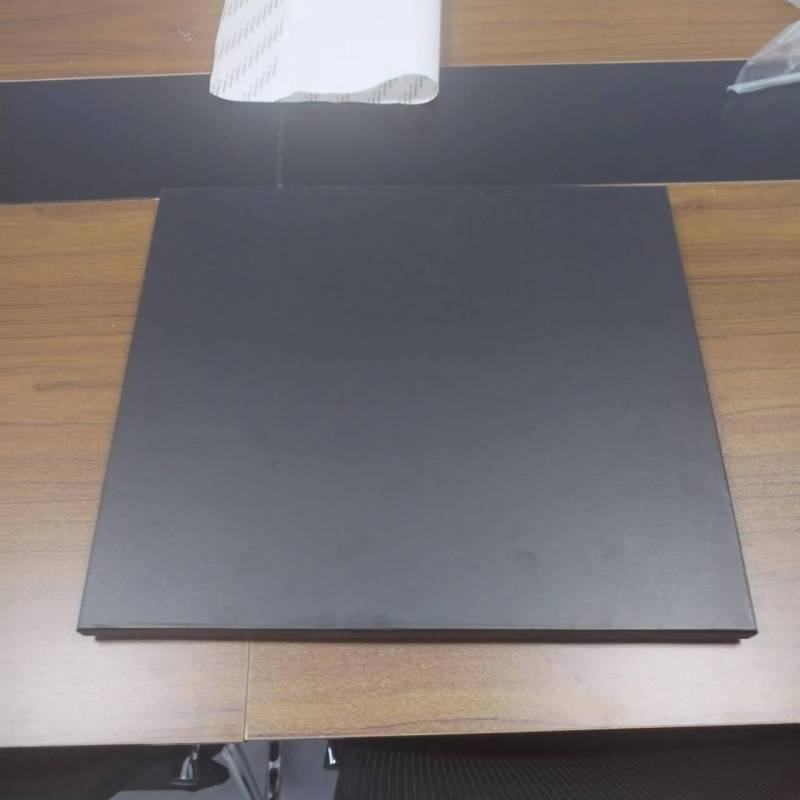Understanding IR Reflective Glass A Closer Look at Its Benefits and Applications
In recent years, the demand for energy-efficient building materials has surged due to growing concerns about energy consumption and environmental sustainability. One innovative solution that has emerged in the architectural realm is IR (infrared) reflective glass. This specialized glass offers significant advantages in terms of energy conservation, comfort, and overall building performance. In this article, we will explore the workings, benefits, and applications of IR reflective glass, along with its impact on modern architecture.
What is IR Reflective Glass?
IR reflective glass is a type of glass coated with a thin layer of materials that reflect infrared radiation while allowing visible light to pass through. This unique property makes it particularly effective in controlling heat gain within buildings. Unlike conventional glass, which can allow excessive solar heat to enter, IR reflective glass reduces heat accumulation, ultimately minimizing the reliance on air conditioning systems.
The coating is typically made from metal oxides that selectively reflect infrared rays, which account for a significant portion of solar energy. By reflecting this energy, the glass helps maintain cooler indoor temperatures during the hot months, thereby reducing energy costs and enhancing comfort for occupants.
Benefits of IR Reflective Glass
1. Energy Efficiency One of the most significant advantages of IR reflective glass is its ability to enhance energy efficiency in buildings. According to various studies, the use of IR reflective glass can lead to substantial reductions in energy consumption. By reducing heat gain, the demand for air conditioning decreases, which not only lowers energy bills but also diminishes the overall carbon footprint of the building.
2. Enhanced Comfort Temperature regulation is crucial for occupant comfort. Buildings with IR reflective glass maintain a more stable indoor climate, minimizing hot spots near windows and maximizing overall comfort levels. This is especially important in commercial spaces where employee productivity and client satisfaction are closely tied to environmental conditions.
3. UV Protection In addition to reflecting infrared radiation, many types of IR reflective glass also help block harmful ultraviolet (UV) rays. Prolonged exposure to UV rays can damage furnishings, artwork, and flooring, leading to significant replacement costs. By incorporating IR reflective glass, building owners can protect their interiors from UV degradation.
ir reflective glass
4. Aesthetic Appeal IR reflective glass is available in various tints and finishes, allowing architects to create visually appealing structures without compromising performance. The reflective nature of the glass can also create dynamic facades that respond differently to the surrounding environment, adding an artistic element to modern architecture.
5. Sustainability With an increasing focus on sustainable construction practices, utilizing IR reflective glass aligns with the principles of green building. It contributes to LEED certification and other sustainable building standards, making it a preferred choice among environmentally conscious builders and architects.
Applications of IR Reflective Glass
IR reflective glass is versatile and can be used in a variety of applications
- Commercial Buildings Office towers and shopping centers benefit greatly from this technology, as it helps keep large spaces cool and comfortable while reducing electricity costs.
- Residential Homes Homeowners are increasingly opting for IR reflective glass to improve energy efficiency, particularly in regions with hot climates.
- Skylights and Sunrooms These spaces can become excessively hot, making IR reflective glass an ideal solution for maintaining comfortable temperatures while allowing natural light to enter.
- Curtain Walls In high-rise construction, curtain walls made from IR reflective glass can significantly reduce heat gain without sacrificing aesthetic qualities.
Conclusion
IR reflective glass represents an important advancement in building materials, combining functionality with aesthetic appeal. As the world moves towards more sustainable building practices, this innovative glass offers a compelling solution to the challenges posed by energy consumption and climate control. By understanding and adopting IR reflective glass, architects and builders can contribute to a more energy-efficient and environmentally friendly future, benefiting both buildings and their occupants. As technology continues to evolve, the potential for IR reflective glass to shape the landscape of modern architecture remains vast and promising.
 Afrikaans
Afrikaans  Albanian
Albanian  Amharic
Amharic  Arabic
Arabic  Armenian
Armenian  Azerbaijani
Azerbaijani  Basque
Basque  Belarusian
Belarusian  Bengali
Bengali  Bosnian
Bosnian  Bulgarian
Bulgarian  Catalan
Catalan  Cebuano
Cebuano  Corsican
Corsican  Croatian
Croatian  Czech
Czech  Danish
Danish  Dutch
Dutch  English
English  Esperanto
Esperanto  Estonian
Estonian  Finnish
Finnish  French
French  Frisian
Frisian  Galician
Galician  Georgian
Georgian  German
German  Greek
Greek  Gujarati
Gujarati  Haitian Creole
Haitian Creole  hausa
hausa  hawaiian
hawaiian  Hebrew
Hebrew  Hindi
Hindi  Miao
Miao  Hungarian
Hungarian  Icelandic
Icelandic  igbo
igbo  Indonesian
Indonesian  irish
irish  Italian
Italian  Japanese
Japanese  Javanese
Javanese  Kannada
Kannada  kazakh
kazakh  Khmer
Khmer  Rwandese
Rwandese  Korean
Korean  Kurdish
Kurdish  Kyrgyz
Kyrgyz  Lao
Lao  Latin
Latin  Latvian
Latvian  Lithuanian
Lithuanian  Luxembourgish
Luxembourgish  Macedonian
Macedonian  Malgashi
Malgashi  Malay
Malay  Malayalam
Malayalam  Maltese
Maltese  Maori
Maori  Marathi
Marathi  Mongolian
Mongolian  Myanmar
Myanmar  Nepali
Nepali  Norwegian
Norwegian  Norwegian
Norwegian  Occitan
Occitan  Pashto
Pashto  Persian
Persian  Polish
Polish  Portuguese
Portuguese  Punjabi
Punjabi  Romanian
Romanian  Russian
Russian  Samoan
Samoan  Scottish Gaelic
Scottish Gaelic  Serbian
Serbian  Sesotho
Sesotho  Shona
Shona  Sindhi
Sindhi  Sinhala
Sinhala  Slovak
Slovak  Slovenian
Slovenian  Somali
Somali  Spanish
Spanish  Sundanese
Sundanese  Swahili
Swahili  Swedish
Swedish  Tagalog
Tagalog  Tajik
Tajik  Tamil
Tamil  Tatar
Tatar  Telugu
Telugu  Thai
Thai  Turkish
Turkish  Turkmen
Turkmen  Ukrainian
Ukrainian  Urdu
Urdu  Uighur
Uighur  Uzbek
Uzbek  Vietnamese
Vietnamese  Welsh
Welsh  Bantu
Bantu  Yiddish
Yiddish  Yoruba
Yoruba  Zulu
Zulu 

